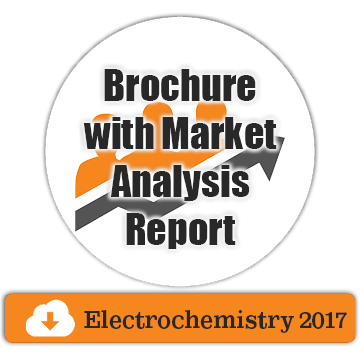
Teko W. Napporn
Professor
Title: Gold Nanospheres in electrocatalysis: surface interaction with glucose.
Biography
Biography: Teko W. Napporn
Abstract
Gold at nanoscale fascinated scientists who developed important research topics over physics, chemistry, medicine and biotechnology. The last three decades, various innovative investigations emerged for determining the role of size, the morphology on the unexpected properties observed for gold at nanoscale. In electrocatalysis, gold nanoparticles (AuNPs) were often used to understand the intrinsic relationship between their size, morphology and activity towards two main reactions: (i) the electrooxidation of organic molecules that have a great interest as fuel in fuel cell applications, and (ii) the oxygen reduction reaction (ORR). Electrocatalysis investigations on support-less gold nanorods have shown that it is a challenge to study the intrinsic properties of their surface through their interaction with a reactive molecule. Our recent results on gold nanospheres revealed that the size of these nanomaterials plays a key role in their electrochemical response. Therefore spherical gold nanoparticles (AuNSs) with a mean diameter from 4 to 15 nm were successfully synthesized. UV-visible spectroscopy, Transmission electron microscopy, and Under-Potential Deposition of lead (UPD) were used for determining their morphology, size and approaching their surface crystallographic structure. UPD of lead reveals that their crystallographic facets are affected by their size and the growth process. In alkaline medium, the oxidation of glucose was used to evaluate their electroactivity. As results, small AuNSs exhibited drastic increase of catalytic activity (fig. 1). This feature might result in the high specific area and reactivity of the surface electron induced by their small size. The study of the reaction mechanism was investigated by in situ Fourier transform infrared reflectance spectroscopy. Gluconolactone and gluconate were identified respectively as the intermediate and the final reaction product of the glucose electrooxidation.

